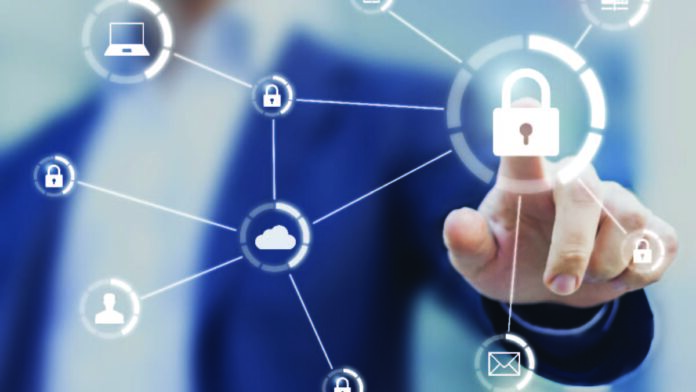Company reputation and revenue have been impacted as a result of cyber-attacks. Therefore, it’s critical to cultivate a security culture and include it into every project, process, and application. The C-Suite and teams in charge of safeguarding the company’s assets should be aware of current cybersecurity trends and work to keep their networks secure.
Because of the pandemic, businesses are increasingly adopting remote work models. Vendors, employees, partners, and customers access enterprise apps and information on personal devices. Hackers and threat actors are finding it easier to plan and execute attacks as the threat landscape expands. With a single centralized security team, organizations are finding it exceedingly difficult to manage cyber risks and attacks.
As a result of this challenge, many companies are adopting a model that distributes the responsibility for cyber security among several teams – security testing teams, application development teams, and so on. Executive leaders are attempting to instil a cyber-risk-aware culture throughout the company. To effectively combat cybercrime, there is a greater emphasis on collaboration and sharing best practises within the IT sector.
Also Read: Stopping Data Leaks in the Automotive Sector
Social engineering attacks on the rise
Cybercriminals are taking advantage of the COVID-19 outbreak by sending out phishing emails with a pandemic theme that appear to be authentic. This trend will continue to advance. Cybercriminals will utilize breaking news, natural disasters, and current events to lure victims to click on unsafe links or give them access to sensitive information. They will build a sense of urgency or leverage personal information as bait.
Employees who are aware and alert can help safeguard their devices and the organization from such threats. Enterprises will be able to detect the entry and source of malware using a mix of network detection and response (NDR) and security information and event management (SIEM) technologies.
A Focus on cloud application security
Targeting Internet-facing and cloud-based infrastructure will be a priority for cybercriminals. As a result, businesses will have to put in greater effort to protect these assets.
Jon Fielding, Managing Director – EMEA at Apricorn says, “Criminals will exploit ‘tried and tested’ vulnerabilities, such as unpatched systems, unchanged default passwords and unencrypted data. They’ll also continue taking advantage of inadequate access controls that make data freely available to employees and third party suppliers who don’t truly need it.”
“Attackers will specifically target employees who are working remotely, often using social engineering techniques such as phishing emails to take advantage of the fact that security awareness is generally found to be lower in the remote environment,” he adds.
Businesses need to modernise their cybersecurity systems, implement a patching policy, and conduct frequent vulnerability scans. It will be beneficial to have a solid vulnerability management program that focuses on both known and unknown attack vectors. Organizations will increasingly apply the least-privilege principle and multi-factor authentication when allowing user access to company assets.
Also Read: CIOs Need To Identify the Security Gaps in Hybrid Cloud Environment
Open-source code and cloud application
The combination of open-source components with cloud technologies introduces security concerns as well as a slew of other issues, including license issues, obsolescence, and policy compliance issues. Many teams are still struggling to find an all-in-one solution that can identify third-party and open-source components in applications, identify and assess security issues, and avoid obsolescence with automated notifications.
Zero-trust network is gaining traction
The zero-trust network model (ZTNA) has begun to gain traction among businesses. It helps in maintaining a high level of security across the network. Enterprises will be able to verify the identity of every device and person attempting to access their network and assets via ZTNA. Organizations can safeguard their data and resources from external and internal threats with round-the-clock monitoring, right data classification, robust security measures, and swift incident resolution.
A security upgrade for 5G and IoT
Because of the growing popularity of the Internet of Things, devices and systems are becoming increasingly connected (IoT). The majority of these connected gadgets are not sufficiently safe, and bad actors will continue to exploit their security flaws. As IoT network hacking becomes more frequent, threat detection and response capabilities will be upgraded to combat risks and attacks.
DevSecOps to strengthen security
To improve the security of their cloud-based apps, businesses are promoting continuous integration, cloud automation, continuous delivery (CI/CD) processes and DevSecOps. DevSecOps ensures the security of every component and process in the SDLC, from beginning to end. The method reduces complexity, saves time, and protects enterprise assets from data leaks, data breaches, and other cloud security challenges.
For more such updates follow us on Google News ITsecuritywire News









